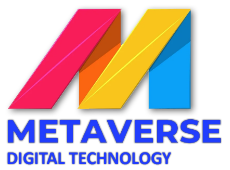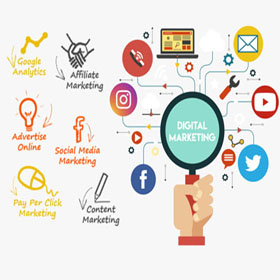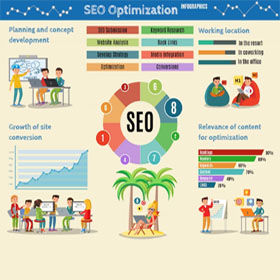Social media marketing (SMM) (also known as digital marketing and e-marketing) is the use of social media—the platforms on which users build social networks and share information—to build a company’s brand, increase sales, and drive website traffic. In addition to providing companies with a way to engage with existing customers and reach new ones, social media marketing (SMM) has purpose-built data analytics that allow marketers to track the success of their efforts and identify even more ways to engage.
Why Is Social Media Marketing So Powerful?
The power of social media marketing (SMM) is driven by the unparalleled capacity of social media in three core marketing areas: connection, interaction, and customer data.
Connection: Not only does social media enable businesses to connect with customers in ways that were previously impossible, but there is also an extraordinary range of avenues to connect with target audiences—from content platforms (like YouTube) and social sites (like Facebook) to microblogging services (like Twitter).
Interaction: The dynamic nature of the interaction on social media—whether direct communication or passive “liking”—enables businesses to leverage free advertising opportunities from eWOM (electronic word-of-mouth) recommendations between existing and potential customers. Not only is the positive contagion effect from eWOM a valuable driver of consumer decisions, but the fact that these interactions happen on the social network makes them measurable. For example, businesses can measure their “social equity”—a term for the return on investment (ROI) from their social media marketing (SMM) campaigns.
Customer Data: A well-designed social media marketing (SMM) plan delivers another invaluable resource to boost marketing outcomes: customer data. Rather than being overwhelmed by the 3Vs of big data (volume, variety, and velocity), SMM tools have the capacity not only to extract customer data but also to turn this gold into actionable market analysis—or even to use the data to crowdsource new strategies.
How Social Media Marketing Works?
As platforms like Facebook, Twitter, and Instagram took off, social media transformed not only the way we connect with one another but also the way businesses are able to influence consumer behavior—from promoting content that drives engagement to extracting geographic, demographic, and personal information that makes messaging resonate with users.
SMM Action Plan: The more targeted your social media marketing (SMM) strategy is, the more effective it will be. Hootsuite, a leading software provider in the social media management space, recommends the following action plan to build an SMM campaign that has an execution framework as well as performance metrics:
- Align SMM goals to clear business objectives
- Learn your target customer (age, location, income, job title, industry, interests)
- Conduct a competitive analysis on your competition (successes and failures)
- Audit your current SMM (successes and failures)
- Create a calendar for SMM content delivery
- Create best-in-class content
- Track performance and adjust SMM strategy as needed






